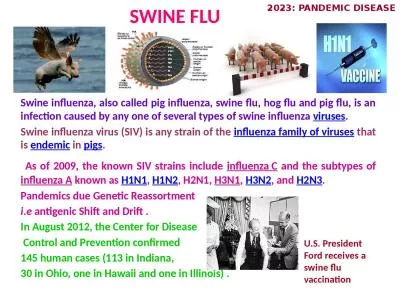PPT-2020-2021 INFLUENZA GUIDANCE
Author : ani | Published Date : 2024-03-13
New Jersey Hospital Association New Jersey Passes New Influenza Legislation January 2020 PL 2019 Chapter 330 mandating annual influenza flu vaccination became
Presentation Embed Code
Download Presentation
Download Presentation The PPT/PDF document "2020-2021 INFLUENZA GUIDANCE" is the property of its rightful owner. Permission is granted to download and print the materials on this website for personal, non-commercial use only, and to display it on your personal computer provided you do not modify the materials and that you retain all copyright notices contained in the materials. By downloading content from our website, you accept the terms of this agreement.
2020-2021 INFLUENZA GUIDANCE: Transcript
Download Rules Of Document
"2020-2021 INFLUENZA GUIDANCE"The content belongs to its owner. You may download and print it for personal use, without modification, and keep all copyright notices. By downloading, you agree to these terms.
Related Documents

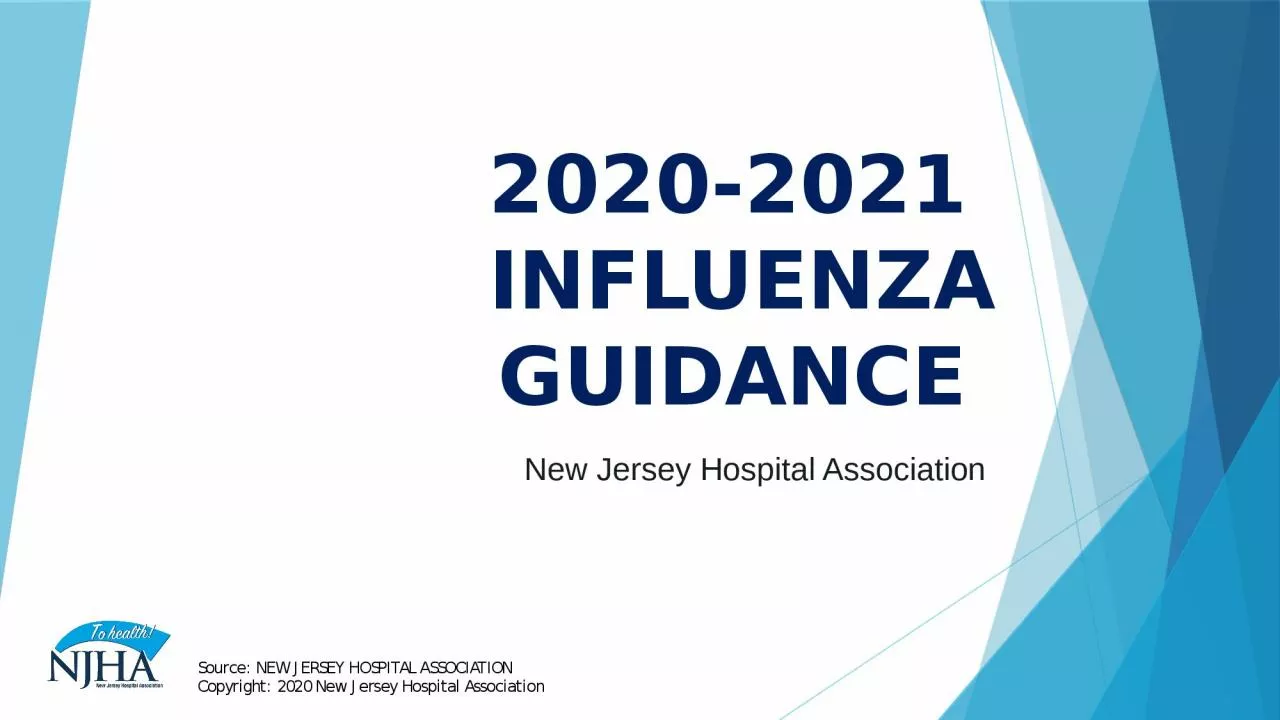

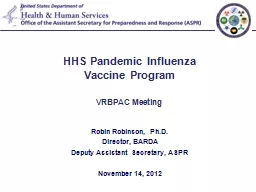
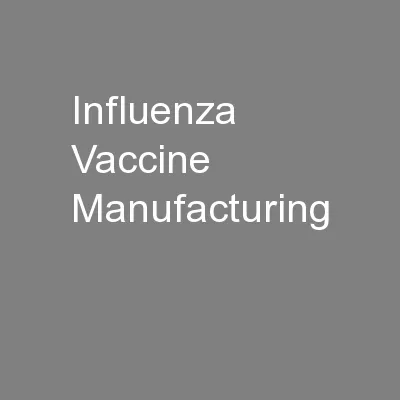
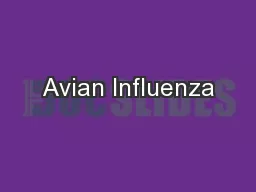
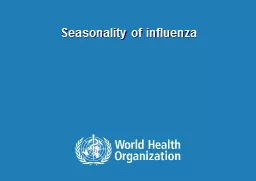
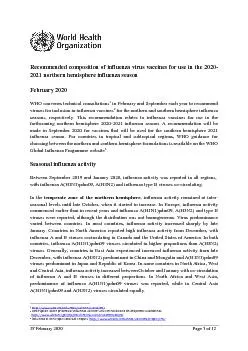
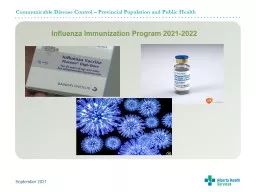
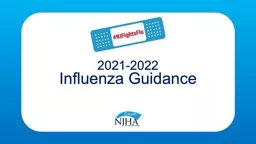
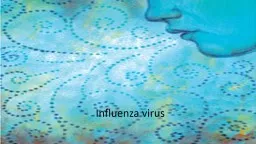
![[READ] 2020-2021 Academic Planner July 2020-June 2021: Bird Floral Cover | 2020-2021 Academic](https://thumbs.docslides.com/1005279/read-2020-2021-academic-planner-july-2020-june-2021-bird-floral-cover-2020-2021-academic-year-weekly-appointment-book-15-minute-interval-daily-hourly-planner-appointment-book-large-8-5-x-11.jpg)
![[EBOOK] 2020-2021 Academic Planner July 2020-June 2021: Cute Sloth Cover | 2020-2021 Academic](https://thumbs.docslides.com/1005351/ebook-2020-2021-academic-planner-july-2020-june-2021-cute-sloth-cover-2020-2021-academic-year-weekly-appointment-book-15-minute-interval-daily-hourly-planner-appointment-book-large-8-5-x-11-64a27ea0478df.jpg)
